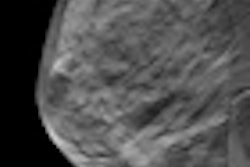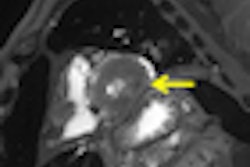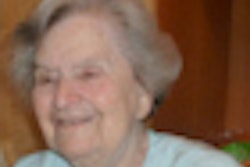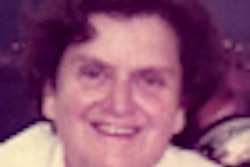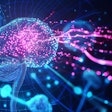Dear AuntMinnieEurope Member,
Postmortem investigations can be vital to determine cause of death, but objections to them are rising, particularly among followers of Orthodox Judaism and Islam who oppose desecration of the body. Also, long-term storage of autopsy records, such as tissue sections, may be difficult, and jurors can find it tough to understand conventional protocols and photos in criminal cases.
Virtual autopsies using CT and MRI are therefore increasingly popular. The Institute of Legal Medicine in Zurich has extensive experience in this field, and we have interviewed them about their work. Click here for the story.
Marion Frank, known as "the great dame of radiography," died last week at the age of 90. She did a huge amount to promote the education and status of radiographers. Judging by the tributes already paid to her, she meant a lot to people across the world. To read about this amazing woman, click here.
Computer-aided detection (CAD) has promised to revolutionize healthcare, but it hasn't always delivered on its promises. In this month's Maverinck column, Dr. Peter Rinck discusses this hot topic. Visit our Advanced Visualization Digital Community, or click here.
It should be feasible to handle same-day MRI examinations in more than 90% of cases, provided the right processes are in place, according to radiologists from Giessen and Marburg in Germany. They explain how productivity and revenue gains can be achieved. Go to the MR Digital Community, or get the story here.
Researchers from Paris have conducted some promising studies involving functional ultrasound, an ultrasensitive technique that can visualize whole-brain microvasculature dynamics with high spatiotemporal resolution. To learn more, click here.
PACS is still relatively new to most medical doctors, but the concept has been around in Europe since the early 1980s. The true pioneers were based in the U.K., the Netherlands, Belgium, and Austria, writes historian Dr. Adrian Thomas. Click here to read his column.




